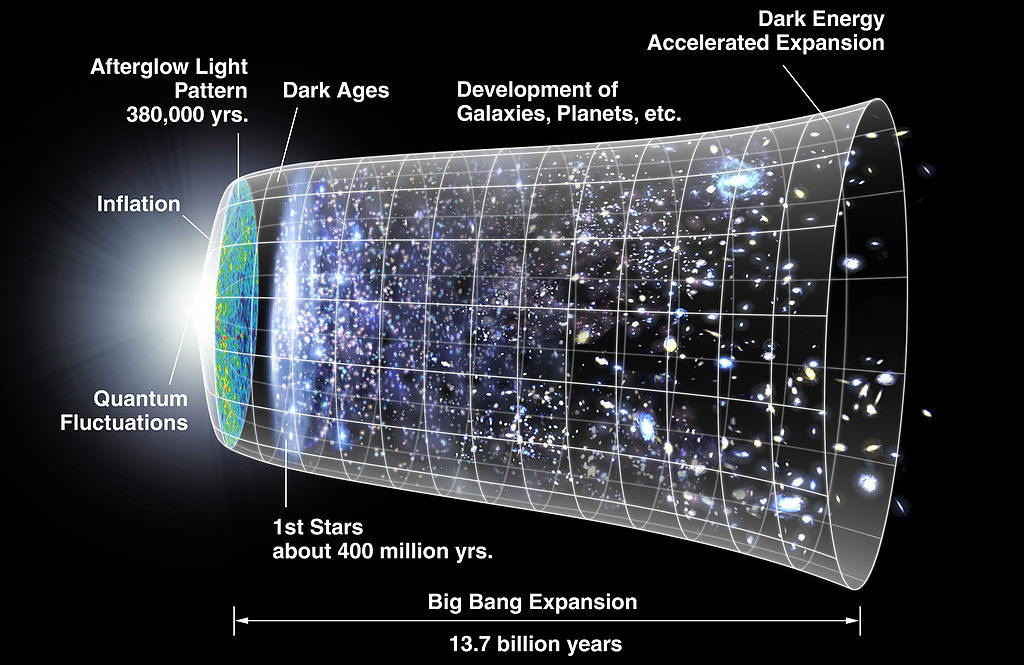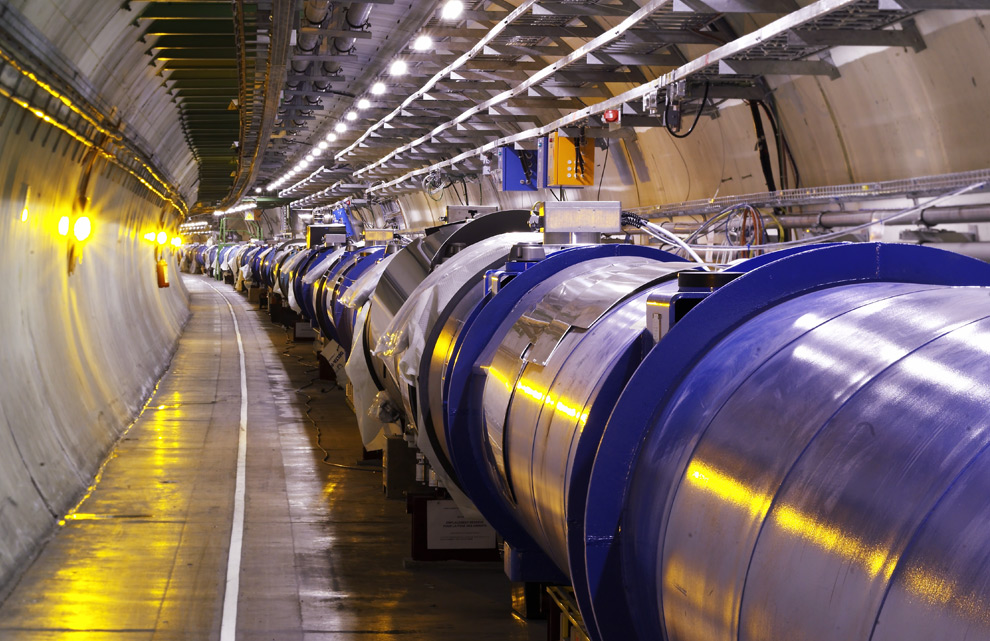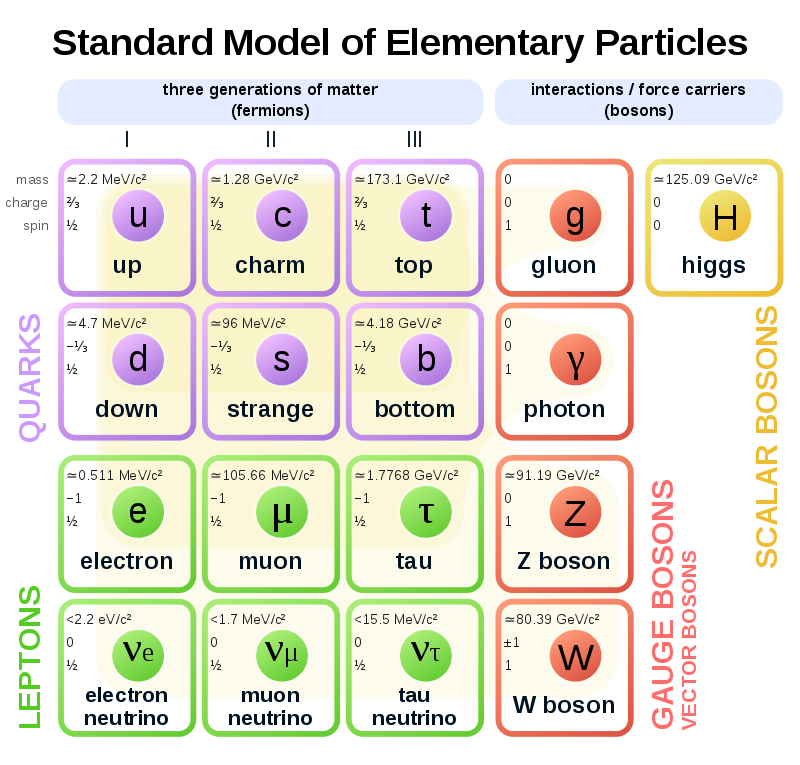Research
My research is in theoretical nuclear and particle physics. Particle physics is the study of fundamental elementary
particles that ultimately make up the matter and energy in the universe. The early universe was a primordial soup of
elementary particles (the Big Bang) such as quarks, leptons, gluons, electroweak gauge bosons, Higgs bosons, and other
particles such as dark matter that are yet to be discovered. Their properties and interactions, coupled to General
Relativity which describes the dynamics of space-time, help us understand the evolution of the universe from the moment of
the Big Bang to the present day where we see more complex structures such as galaxies, stars, and planets.


The Standard Model (SM) model of particle physics is the established theory of the elementary particles that make up
ordinary matter and radiation. It gives us the equivalent of a periodic table for elementary particles. However, we know
that the SM is not the whole story and even within the SM interesting questions remain. The microscopic properties of dark
matter and dark energy, that make up the bulk of the energy budget of the universe, remain largely unknown. Why is there an
abundance of matter over antimatter? Are there additional new elementary particles beyond the SM? What role did they play in
the early universe? How do quarks and gluons interact to form bound states of nucleons and nuclei? Do the strong,
electroweak, and gravitational forces unify? What is the quantum theory of gravity? A host of experiments, across many
energy scales, are underway to unravel some of these questions.

The major thrust of my research is to develop and apply analytic and computational methods, based on effective field
theory (EFT), to study a variety of particle physics phenomena being explored by experiments across the energy spectrum.
This effort is complemented by new physics phenomenology and the use of EFT methods to constrain the SM. My work has been
relevant to experiments ranging from the Large Hadron Collider (LHC) to table-top Eotvos tests of the weak equivalence
principle of General Relativity.
My work can be roughly categorized into four main areas:
- Effective Field Theory (EFT) methods
- Factorization, Resummation, Perturbative QCD
- Probing nuclear structure and dynamics
- New physics beyond the Standard Model
I have tackled physics in high energy colliders like the Tevatron and the LHC, medium energy experiments at facilities like
the Jefferson Laboratory (JLAB), and in proposed experiments such as the Electron-Ion Collider (EIC) and the next linear
collider. EFT methods are essential for taming the immense complexity of the hadronic environment in these experiments.
They allow for a systematically improvable and predictive framework for otherwise intractable problems. They facilitate
the development of factorization theorems, resummation of large logarithms, and a systematic treatment of power corrections.
These ideas in turn allow for precise theoretical calculations of signal and background processes, the development and
calculation of new observables to enhance signal to background ratios, precision measurements of Standard Model (SM) and
new physics parameters, and a systematic framework for studying Quantum Chromodynamics (QCD) in different kinematic
regimes. My work also involves detailed comparisons with data and proposing new observables for improved experimental
precision and theoretical interpretation. EFT methods also allow for a comprehensive approach, relating signals at the LHC
to an array of intermediate and low energy experiments such as the Jefferson Lab program or precision measurements of the
neutron electric dipole moment (EDM). Such efforts are essential for ultimately unraveling detailed properties of physics
beyond the electroweak scale.


